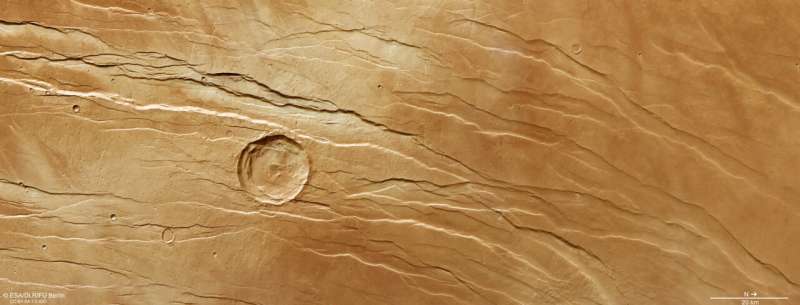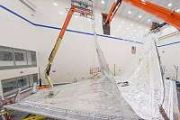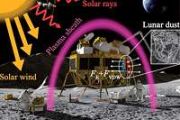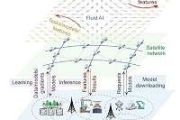
Copernical Team
Which parts of Mars are the safest from cosmic radiation?

In the coming decade, NASA and China plan to send the first crewed missions to Mars. This will consist of both agencies sending spacecraft in 2033, 2035, 2037, and every 26 months after that to coincide with Mars opposition (i.e., when Earth and Mars are closest in their orbits). The long-term aim of these programs is to establish a base on Mars that will serve as a hub that accommodates future missions, though the Chinese have stated that they intend for their base to be a permanent one.
The prospect of sending astronauts on the six- to nine-month journey to Mars presents several challenges, to say nothing of the hazards they'll face while conducting scientific operations on the surface. In a recent study, an international team of scientists conducted a survey of the Martian environment—from the peaks of Mount Olympus to its underground recesses—to find where radiation is the lowest.
Blood clot expert working with NASA to study blood flow, clot formation in zero gravity

Are astronauts more likely to develop blood clots during space missions due to zero gravity? That's the question NASA is trying to answer with help from UNC School of Medicine's Stephan Moll, MD, professor in the UNC Department of Medicine. A new publication in Vascular Medicine shows the results of an occupational surveillance program spurred by the development of a deep vein thrombosis (DVT) in the jugular vein of an astronaut, which is described in detail in a New England Journal of Medicine publication from 2020.
Moll was consulted by NASA when the discovery of the blood clot was made during the astronaut's mission on the International Space Station (ISS). This was the first time a blood clot had been found in an astronaut in space, so there was no established method of treatment for DVT in zero gravity. Moll, a member of the UNC Blood Research Center and a clinical hematologist, was called upon for his knowledge and treatment experience of DVT on Earth.
NASA, Boeing say Starliner on track for May 19 launch
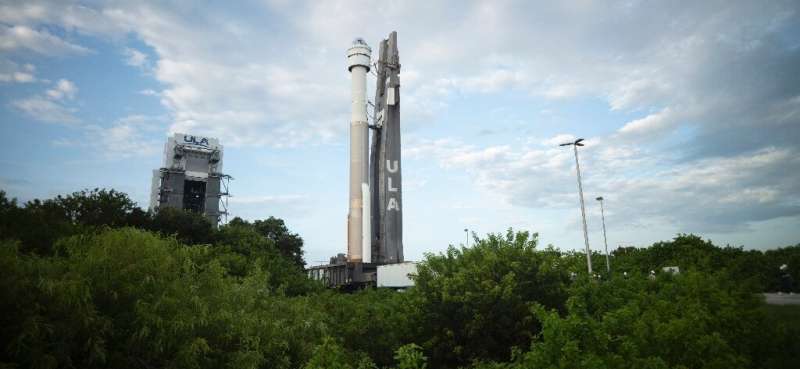
Boeing's Starliner capsule is finally ready to reattempt a key test launch to the International Space Station on May 19, officials said Tuesday.
The uncrewed flight, named OFT-2, is a vital step towards certifying the spaceship for eventually carrying passengers, giving NASA a second taxi provider alongside SpaceX.
Aerospace giant Boeing, which was awarded a $4.2 billion contract for the purpose in 2014, initially attempted the test in 2019, but failed to rendezvous with the ISS after experiencing software glitches that caused flight anomalies.
The program has since experienced several delays. It was last supposed to fly in August 2021, but the mission was aborted just hours before launch because high humidity led to corrosion within Starliner's valves.
NASA's SDO sees sun release strong solar flare
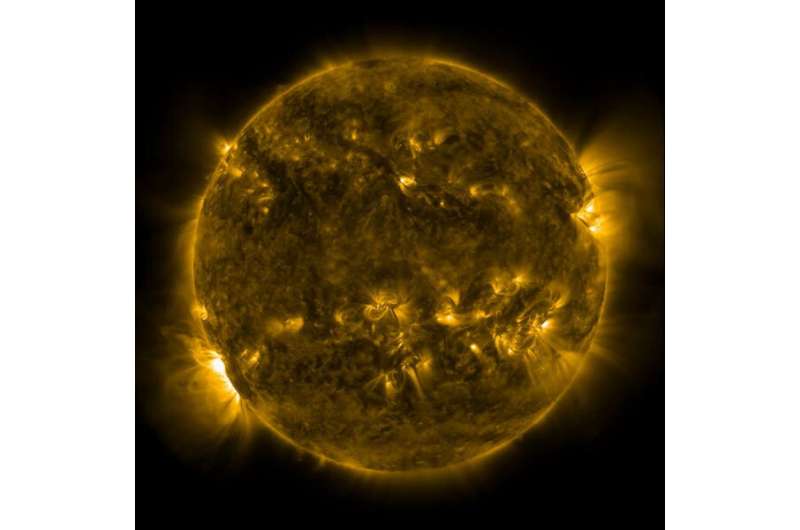
The Sun emitted a strong solar flare on May 3, 2022, peaking at 9:25 a.m. EDT. NASA's Solar Dynamics Observatory, which watches the Sun constantly, captured an image of the event.
Solar flares are powerful bursts of energy. Flares and solar eruptions can impact radio communications, electric power grids, navigation signals, and pose risks to spacecraft and astronauts.
This flare is classified as an X-class flare. X-class denotes the most intense flares, while the number provides more information about its strength. More info on how flares are classified can be found here.
Explore further
Amazing achievements from the Parker Solar Probe
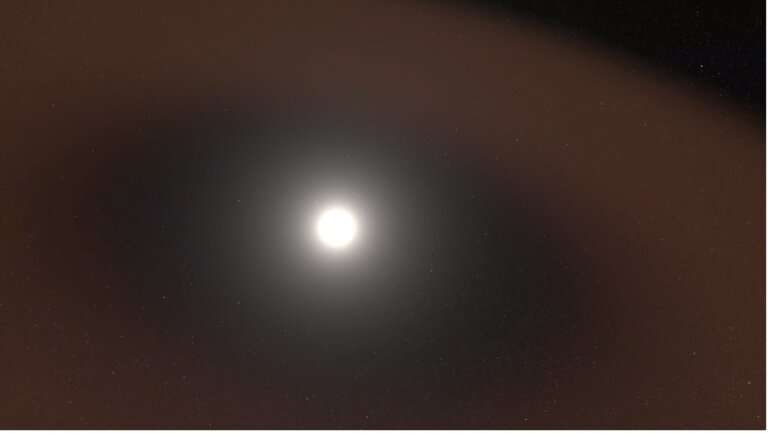
In 2018, NASA launched the Parker Solar Probe on an unprecedented mission to study the sun up close. The mission was defined with three key scientific goals:
- To trace the flow of energy that heats the sun's outer atmosphere.
- To shed light on the sources of the solar wind, the constant flow of solar material escaping from the sun.
- To explore how solar energetic particles—which can make the 93-million mile (150 million kilometer) journey to Earth in under an hour—are transported and accelerated.
Spacecraft navigation uses X-rays from dead stars
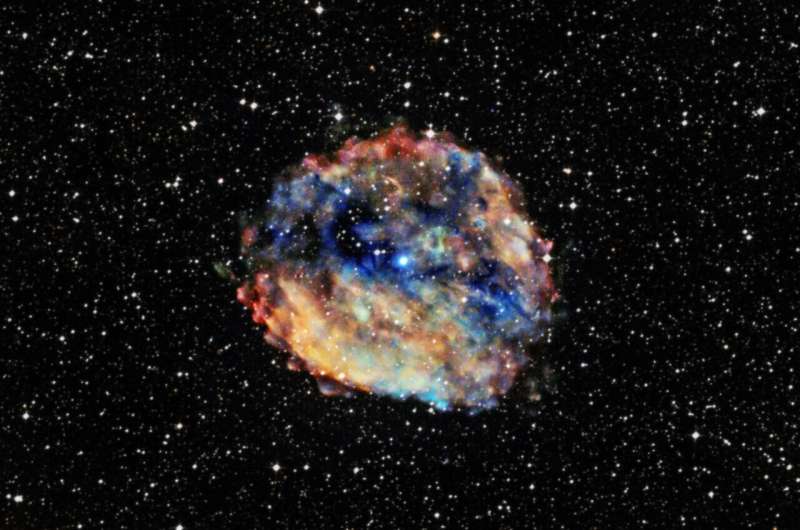
The remnants of a collapsed neutron star, called a pulsar, are magnetically charged and spinning anywhere from one rotation per second to hundreds of rotations per second. These celestial bodies, each 12 to 15 miles in diameter, generate light in the X-ray wavelength range. Researchers at the University of Illinois Urbana-Champaign developed a new way spacecraft can use signals from multiple pulsars to navigate in deep space.
"We can use star trackers to determine the direction a spacecraft is pointing, but to learn the precise location of the spacecraft, we rely on radio signals sent between the spacecraft and the Earth, which can take a lot of time and requires use of oversubscribed infrastructure, like NASA's Deep Space Network," said Zach Putnam, professor in the Department of Aerospace Engineering at Illinois.
"Using X-ray navigation eliminates those two factors, but until now, required an initial position estimate of the spacecraft as a starting point. This research presents a system that finds candidates for possible spacecraft locations without prior information, so the spacecraft can navigate autonomously.
New Zealand rocket caught but then dropped by helicopter

Using a helicopter to catch a falling rocket is such a complex task that Peter Beck likens it to a "supersonic ballet.
Call for Media: Join ESA’s Living Planet Symposium in Bonn

Call for Media: Join ESA’s Living Planet Symposium in Bonn
ESA’s 5G/6G Hub used to simulate lunar connection
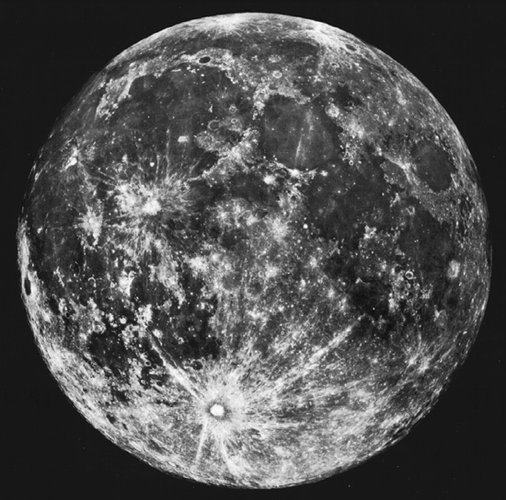
Engineers have used ESA’s next-generation communications research facility to simulate links between Earth and the Moon via satellites.

